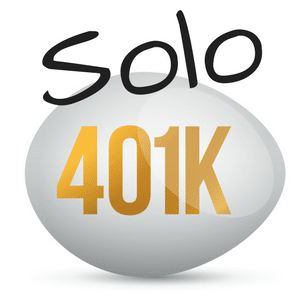825 C Merrimon Ave., Suite 335, Asheville, NC 28804

Putting together a retirement plan seems easy on paper. But what happens when you have to make decisions as to which retirement vehicles you are going to use? Many investors first hearing about the Self-Directed Solo 401(k) plan they learn that they have to take a considerable amount of power into their own hands. That can be a tremendous advantage, when you know what you’re doing and work with the right people. But it can also be intimidating. That’s why we’ve put together a brief guide for new investors who are thinking about a Self-Directed Solo 401(k) plan for their retirement.
The Self-Directed Solo 401(k): Key Points
First, let’s tackle the key points that will delineate this account from the other options you have available to you.
Although these aren’t the only principles that make the Self-Directed Solo 401(k) plan so appealing for many, they are key points that will help you understand what the Self-Directed Solo 401(k) plan is all about.
What About Self-Directing?
If you’re a new investor, you might have noticed that we keep using the phrase “self-directed.” Aren’t all retirement accounts self-directed, in that you decide what goes into them? In this case, self-direction has a specific definition. It means that you take the reins of your account, working through a custodian on the account to make sure that you can make all of the retirement decisions you have available to you.
If you were to self-direct an account, for example, by using a Self-Directed IRA administration firm as the custodian, you would then have the option to use a retirement account to invest in a wide range of potential assets. That means real estate, precious metals, private companies, and even cryptocurrencies. Ultimately, the decision would land with you, giving you the core power to change your financial destiny in retirement.
Contact TurnKey IRA at 844-8876-IRA (472) for a free consultation. Download our free guide or visit us online at www.turnkeyira.com.